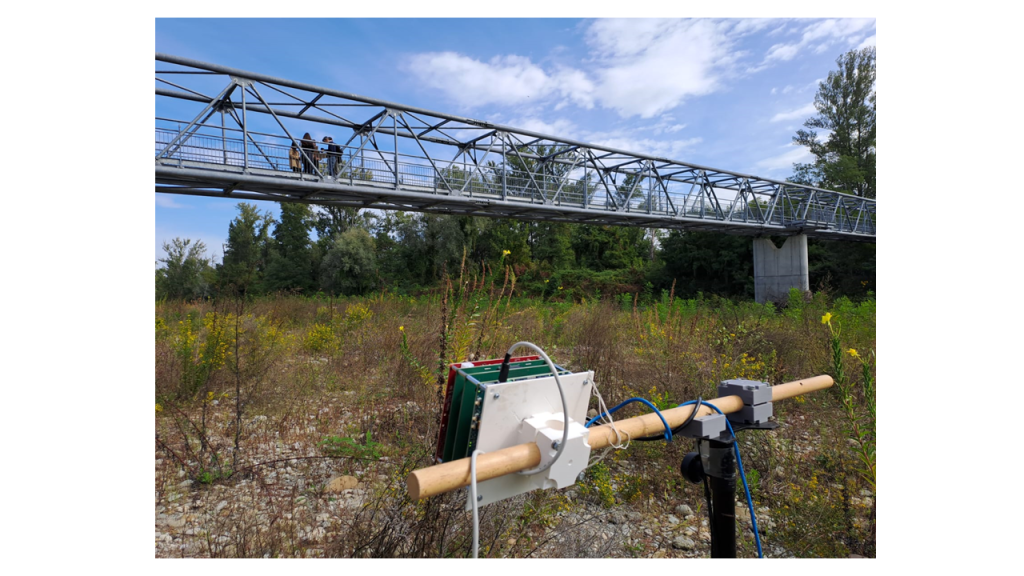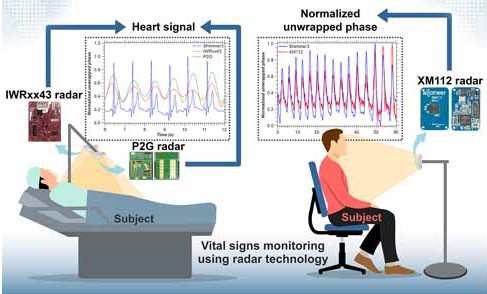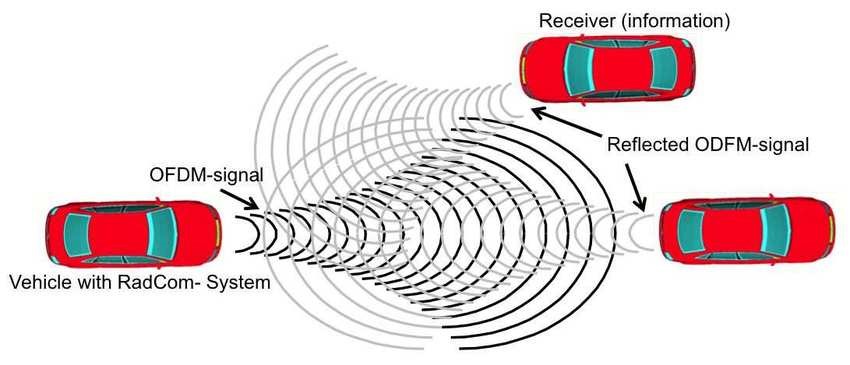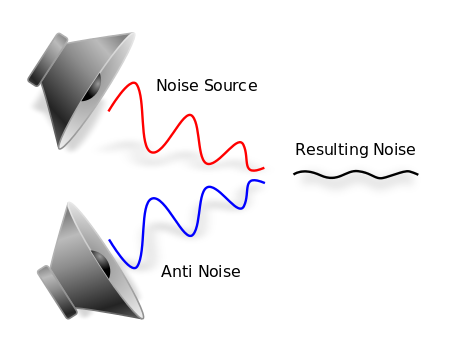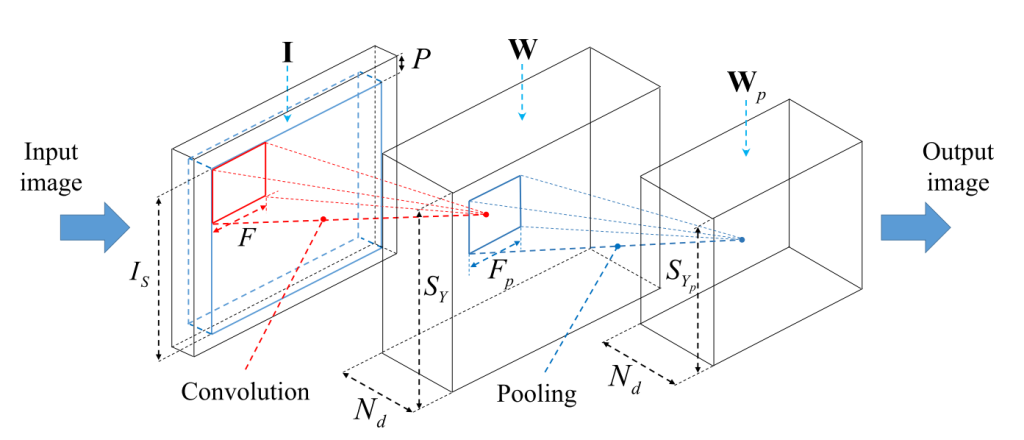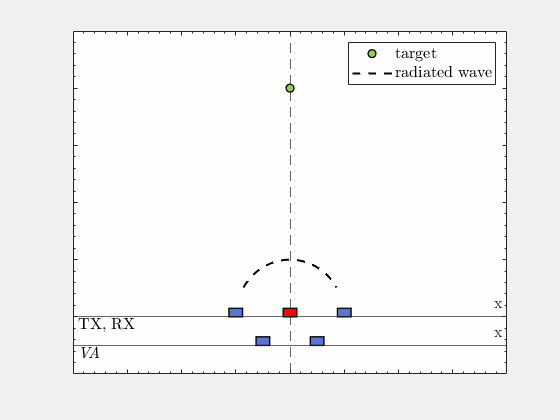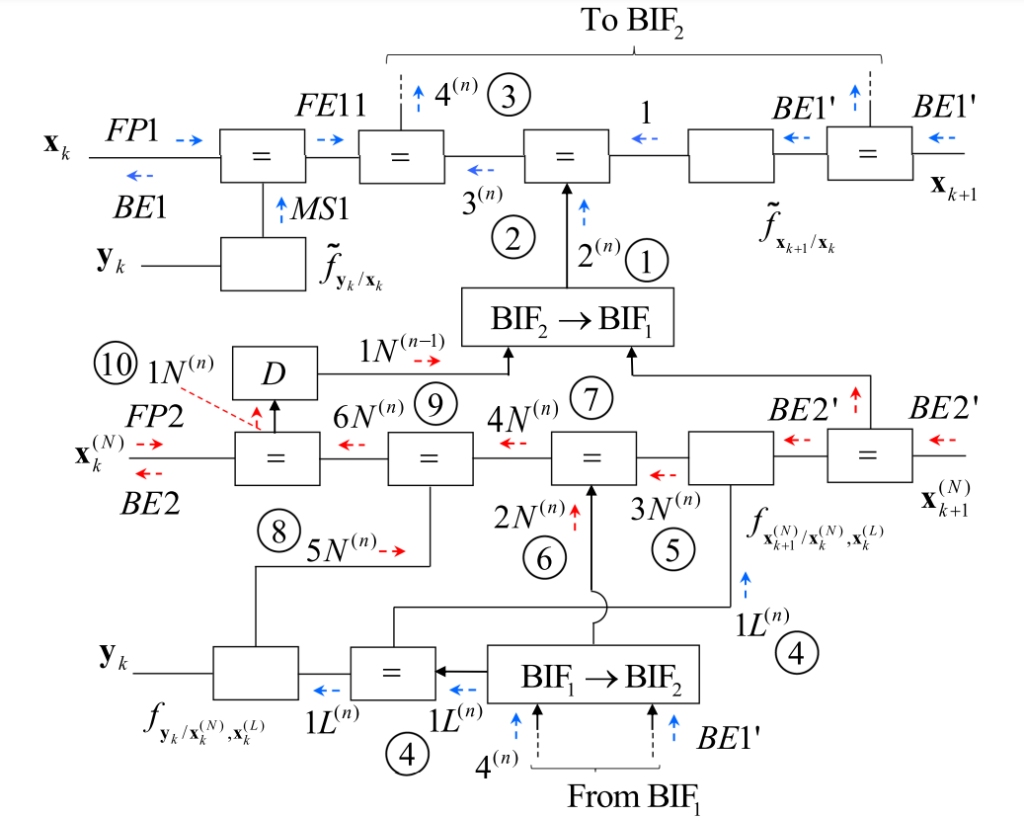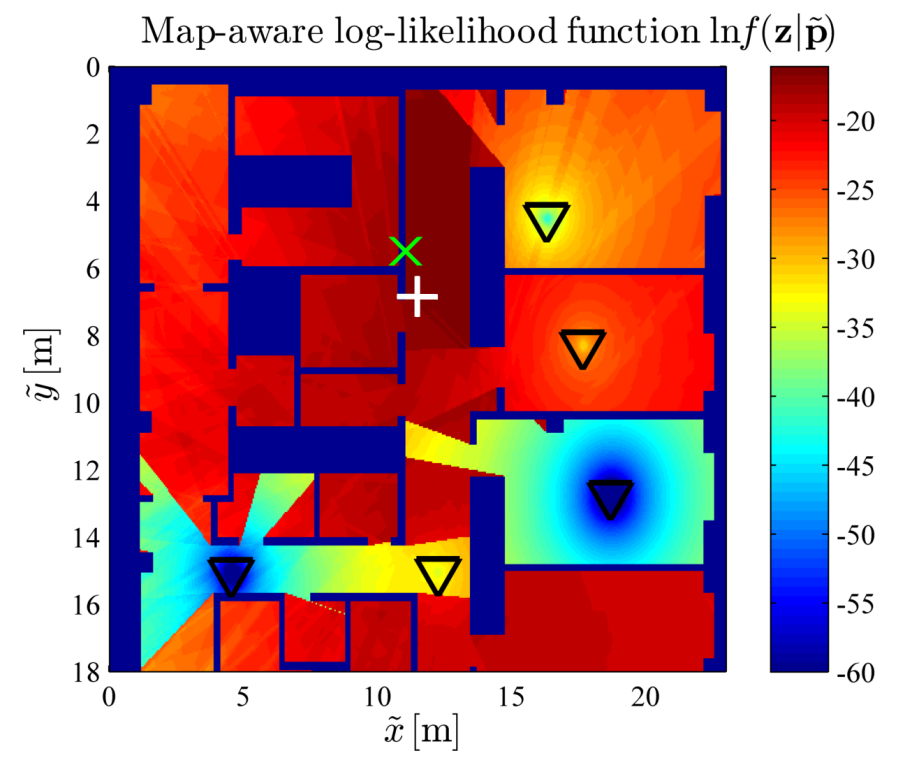Past research activities
H. Digital communications over wireless channels
H.1 Coded modulation
H.2 Synchronization in digital receivers
H.3 Detection techniques
H.4 Channel equalization
H.5 Applications of game theory to cooperative communications in wireless networks
H.6 Ultrawideband communication systems
I. Digital communications over powerline channels
J. Applications of game theory to the smart grid
K. Digital communications over wireless channels
K.1 Coded modulation
K.2 Synchronization in digital receivers
K.3 Detection techniques
K.4 Channel equalization
K.5 Applications of game theory to cooperative communications in wireless networks
K.6 Ultrawideband communication systems
L. Digital communications over powerline channels
Our reseach activities have focused on the development of mathematical models for powerline noise, powerline channels and their applications to channel equalization techniques, and bit and power loading; see
- F. Pancaldi, F. Gianaroli and G. M. Vitetta, “Equalization of Narrowband Indoor Powerline Channels for High Data Rate OFDM Communications,” in IEEE Transactions on Smart Grid, vol. 9, no. 1, pp. 78-87, Jan. 2018, doi: 10.1109/TSG.2016.2545108.
- F. Pancaldi, F. Gianaroli and G. M. Vitetta, “Bit and Power Loading for Narrowband Indoor Powerline Communications,” in IEEE Transactions on Communications, vol. 64, no. 7, pp. 3052-3063, July 2016, doi: 10.1109/TCOMM.2016.2575838.
- F. Gianaroli, F. Pancaldi and G. M. Vitetta, “A novel bit and power loading algorithm for narrowband indoor powerline communications,” 2015 IEEE International Conference on Communication Workshop (ICCW), 2015, pp. 1557-1562, doi: 10.1109/ICCW.2015.7247401.
- F. Gianaroli, F. Pancaldi and G. M. Vitetta, “On the Use of Zadeh’s Series Expansion for Modeling and Estimation of Indoor Powerline Channels,” in IEEE Transactions on Communications, vol. 62, no. 7, pp. 2558-2568, July 2014, doi: 10.1109/TCOMM.2014.2327616.
- F. Gianaroli, F. Pancaldi and G. M. Vitetta, “The Impact of Statistical Noise Modeling on the Error-Rate Performance of OFDM Power-Line Communications,” in IEEE Transactions on Power Delivery, vol. 29, no. 6, pp. 2622-2630, Dec. 2014, doi: 10.1109/TPWRD.2014.2311167.
- F. Gianaroli, F. Pancaldi and G. M. Vitetta, “Design and Implementation of a Wideband Channel Sounder for Low-Voltage Powerlines,” in IEEE Transactions on Smart Grid, vol. 5, no. 1, pp. 210-219, Jan. 2014, doi: 10.1109/TSG.2013.2267618.
- F. Gianaroli, F. Pancaldi and G. M. Vitetta, “Broadband system models based on Zadeh’s representation for indoor powerline channels: An experimental validation,” 2013 IEEE International Conference on Communications (ICC), 2013, pp. 4304-4309, doi: 10.1109/ICC.2013.6655241.
M. Applications of game theory to the smart grid
A novel strategy for distributed and autonomous demand-side energy management among users of a low-voltage micro-grid has been developed. Its derivation is based on modelling the energy consumption scheduling of the shiftable loads that belong to a given user as a noncooperative two-player game of incomplete information; see
N. Smart metering based on long range wireless technologies
The use of 169 MHz Wireless Meter-Bus and 868 MHz Semtech Long Range technologies in smart metering has been investigated; see
- F. Facchini, G. M. Vitetta, A. Losi and F. Ruscelli, “On the performance of 169 MHz WM-Bus and 868 MHz LoRa technologies in smart metering applications,” 2017 IEEE 3rd International Forum on Research and Technologies for Society and Industry (RTSI), 2017, pp. 1-6, doi: 10.1109/RTSI.2017.8065900.
- M. Uccellari et al., “On the use of support vector machines for the prediction of propagation losses in smart metering systems,” 2016 IEEE 26th International Workshop on Machine Learning for Signal Processing (MLSP), 2016, pp. 1-6, doi: 10.1109/MLSP.2016.7738887.
O. Mathematical description of emotional processes
Our work has concerned the development of mathematical description of processes governing implicit emotional dynamics has been developed and its applications to the tracking, estimation and active modulation of human emotions.

